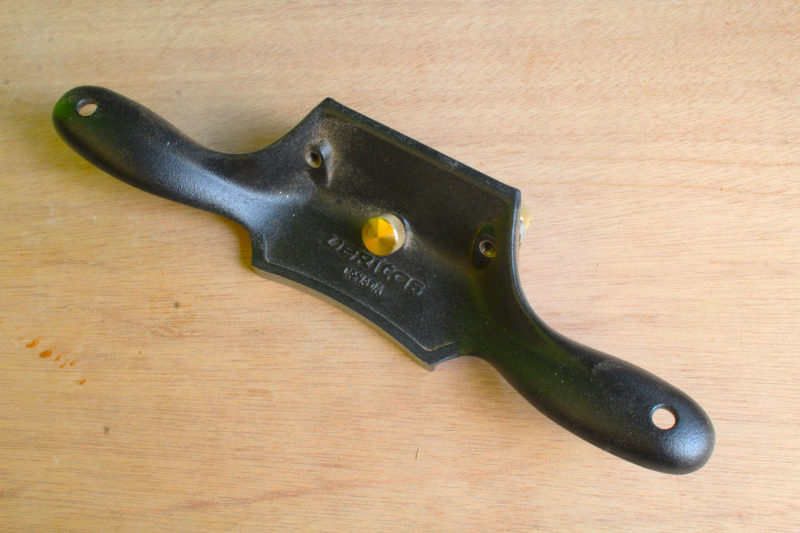 Photographs by the author
Photographs by the authorThe Veritas Cabinet Scraper has some subtle but significant improvements that make it easier to use than its predecessor.
A card scraper, held by hand, works well for small jobs and fine work, but it is hard on the thumbs, tiring in the long haul, and can get quite hot. My English-made Stanley #80 cabinet scraper does the work of holding its blade at the right angle and bending it, so it’s an easier tool to use. I’ve had mine for decades, and it’s my tool of choice for the rough work of scraping newly epoxied joints and for finishing surfaces where the grain in a board or between boards is oriented in different directions. The #80, introduced in 1898, was produced in numerous versions; Veritas makes many of their own versions of workshop standards, including the #80, so I was curious to see what they did to improve upon it.
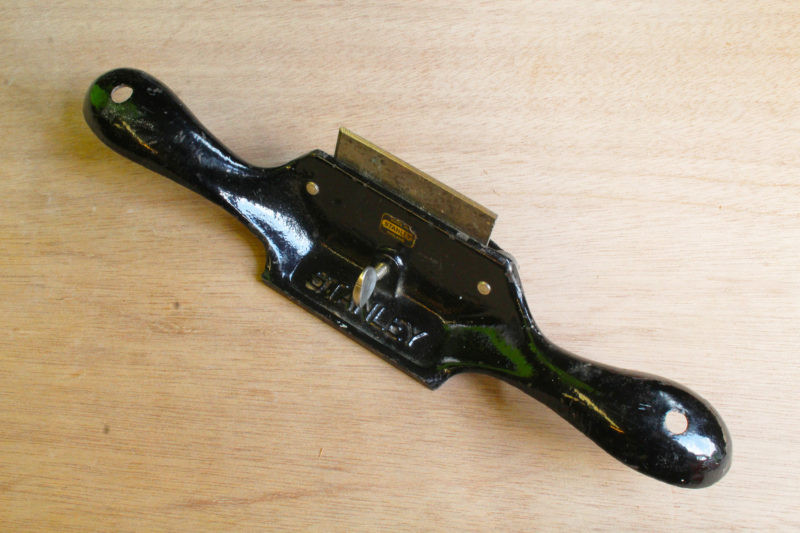
The Stanley #80 has been a standard woodworking tool for well over a century.
The first thing I noticed was the weight. The Stanley weighs 22 oz, the Veritas 32.4 oz. The Veritas casting is thicker and the contours are a better fit for the hands. The tops of the handles feel good in the palms and the recesses underneath the Veritas handles, not so deep and wide as they are on the Stanley, are more comfortable for the fingers. More significant are the coves for the thumbs. In the Stanley, they’re not contoured to fit and the glossy finish is quite slick, so I have to grip the tool tightly. The Veritas’ matte finish and textured surfaces aren’t at all slippery, and the contours keep my thumbs in place so I can use a more relaxed grip.
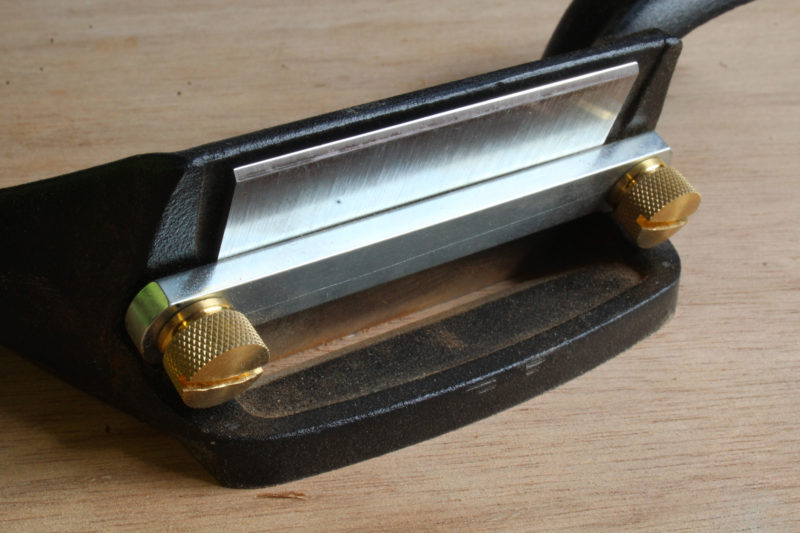
The the tool’s body guards fingers from the top of the blade, making it safer to use.
The Veritas blade is made of harder steel than the Stanley’s. I’ve been doing quick sharpening of the Stanley blade with a file, but that same file slides across the Veritas steel without digging in. That harder steel is better worked with sharpening stones and holds an edge longer.
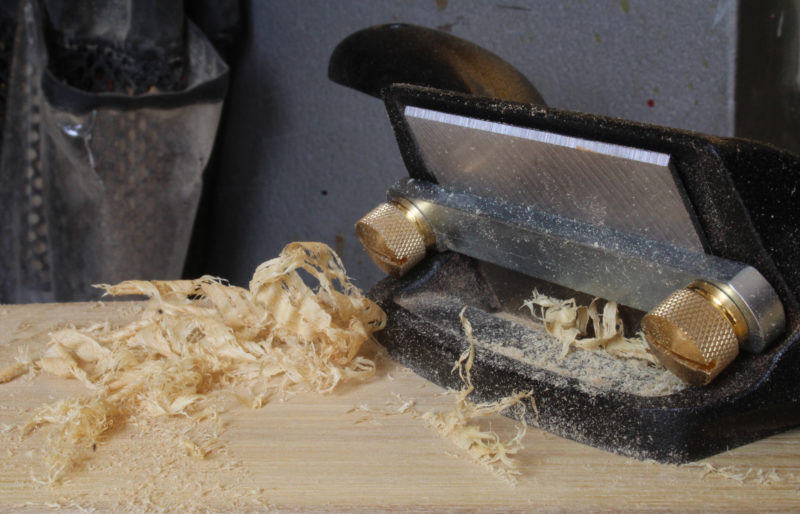
On this piece of locust, the scraper produces thin shavings and some coarse dust.
The body of the Veritas is taller than the Stanley’s and its blade shorter, so the cutting edge, when not in use, doesn’t extend beyond the tool. I’ve never cut myself on the exposed upper edge of the Stanley, but it does make me nervous. The corners are especially dangerous. Having the upper edge guarded on the Veritas is a good safety measure.
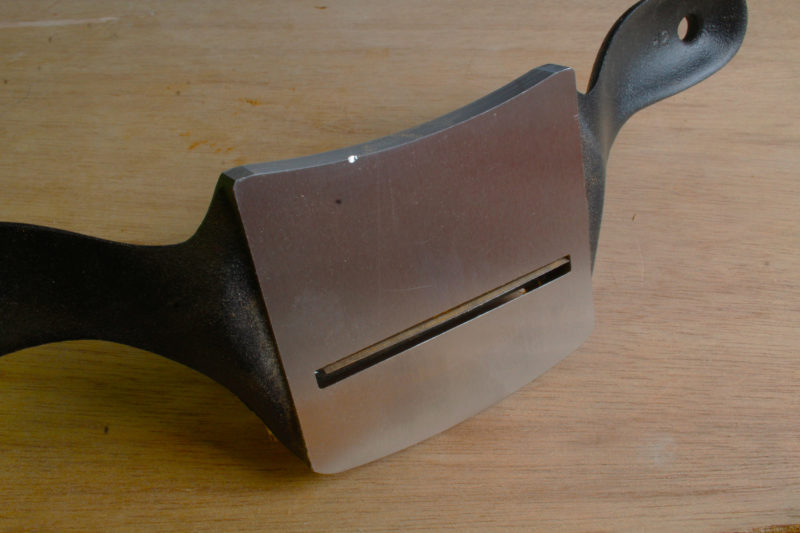
The bottom of the Veritas scraper is machined smooth and flat. The bright spot on the upward edge is a dent that was the only damage after dropping the tool on a concrete floor. The ding may have been caused by another tool that fell off a work table at the same time. Both survived without breaking.
When I accidentally dropped the Veritas on my shop’s concrete floor I yelped, because that could have been the end of it. The cast metal in my old planes and spokeshaves won’t take sharp impacts well, and I’ve lost a few tools to my clumsiness. The Veritas did get a small dent in the edge rather than a chip, a good sign that the metal isn’t brittle.
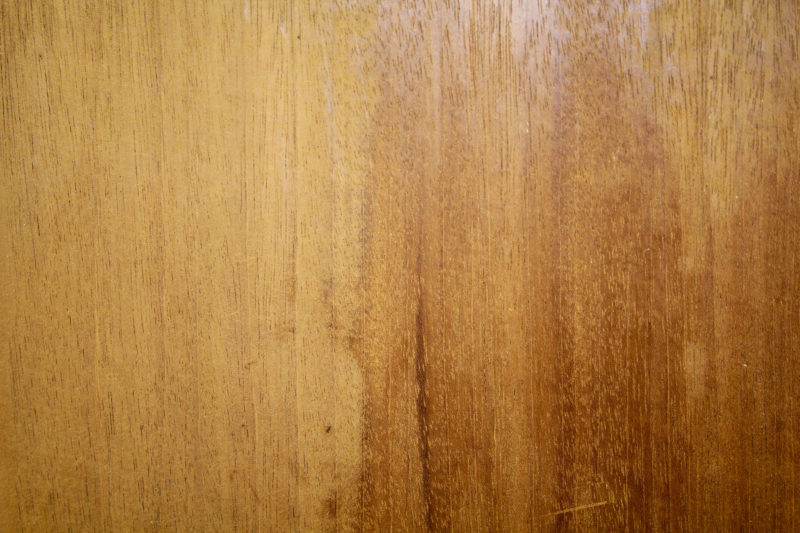
The left side of this mahogany board was sanded with a 220-grit disk on a random-orbit sander. The right side was smoothed with the Veritas Cabinet Scraper. The gloss is evident at top and the matte patches show that the the scraper is leveling the surface.
In use, the Veritas has a solid feel and dresses wood surfaces to a smooth, even, and glossy finish. The quality of the edge I put on the blade is perhaps the most significant factor, but the Veritas’ greater mass makes it much quieter than my Stanley. All the changes Veritas made improved the feel of the tool.![]()
Christopher Cunningham is the editor of Small Boats Monthly.
The Veritas Cabinet Scraper, $69, is available from Lee Valley & Veritas and from select retailers in Canada.
Is there a product that might be useful for boatbuilding, cruising or shore-side camping that you’d like us to review? Please email your suggestions.
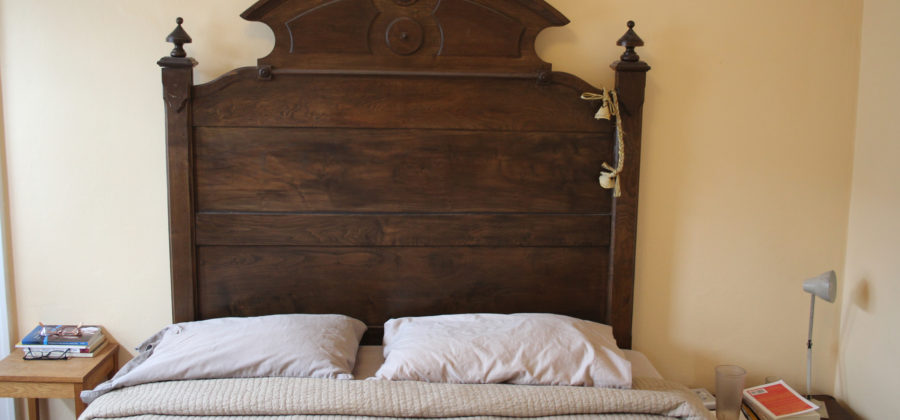
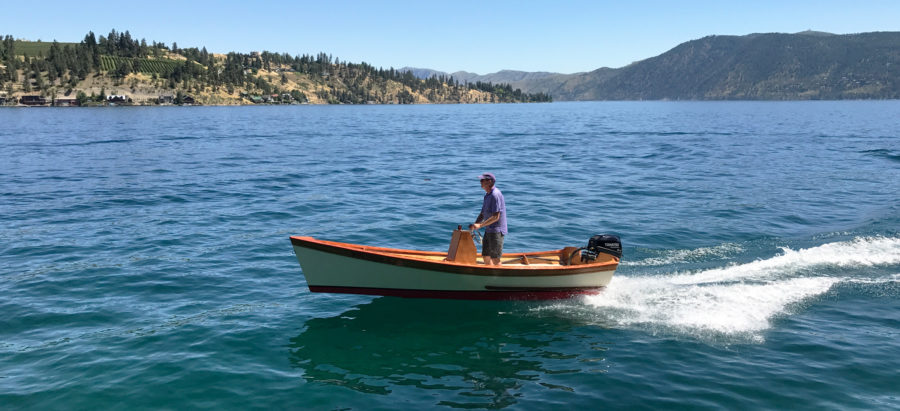


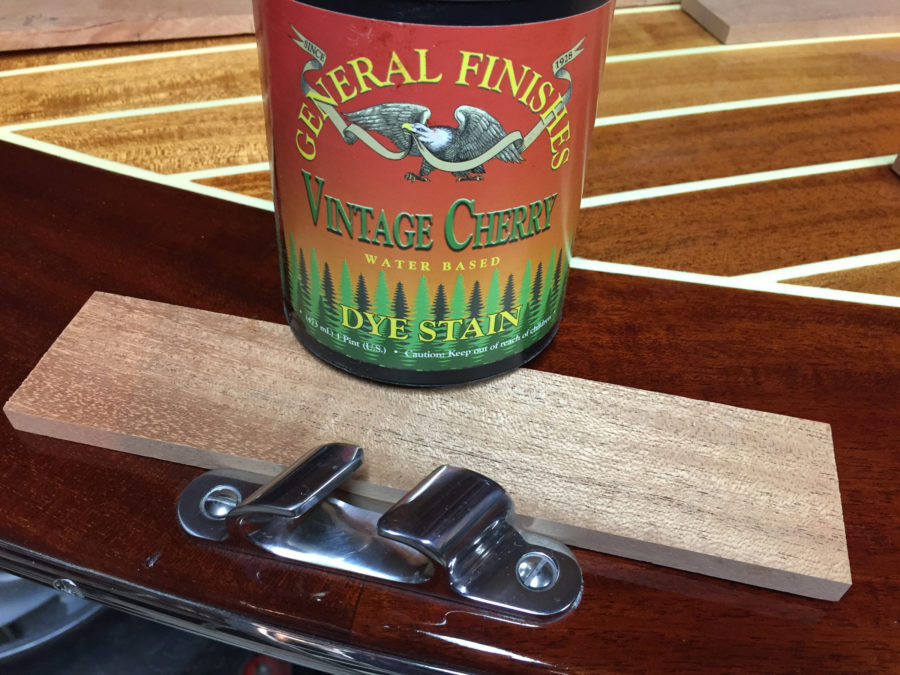
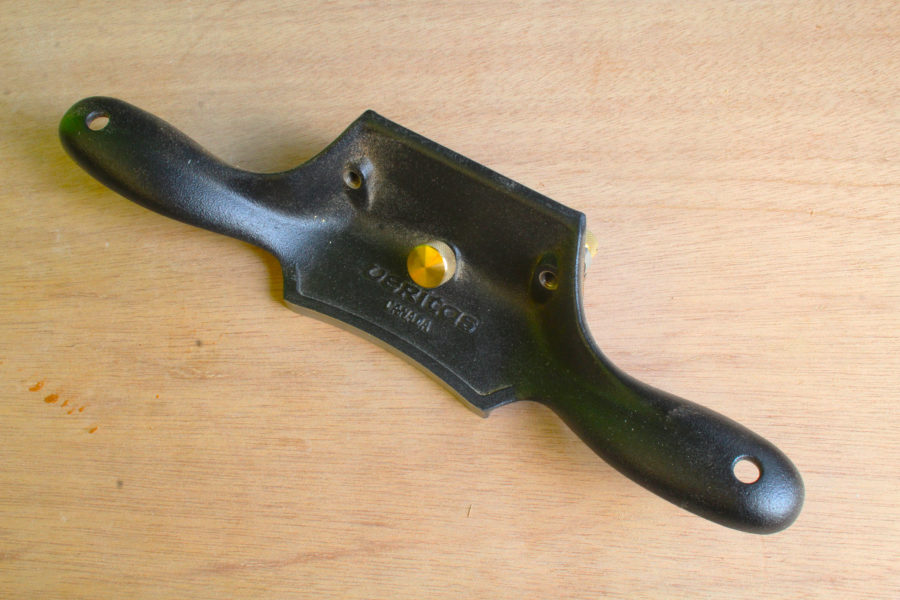
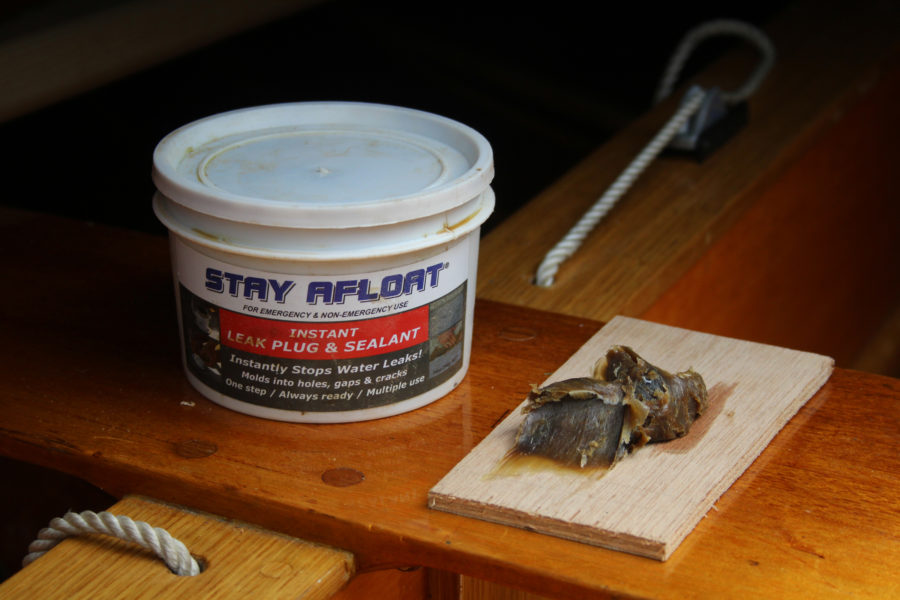

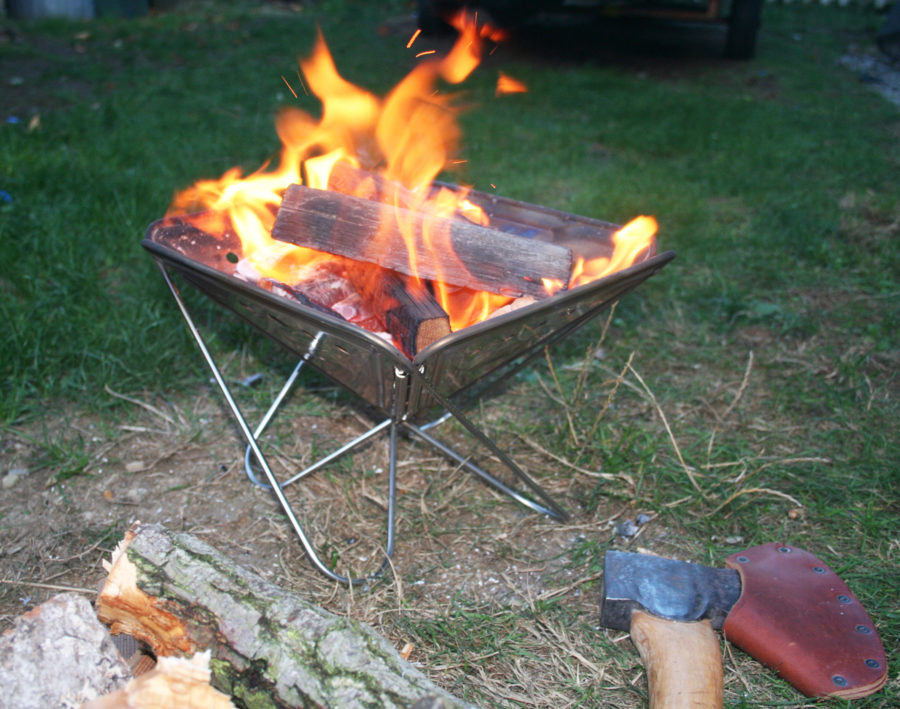
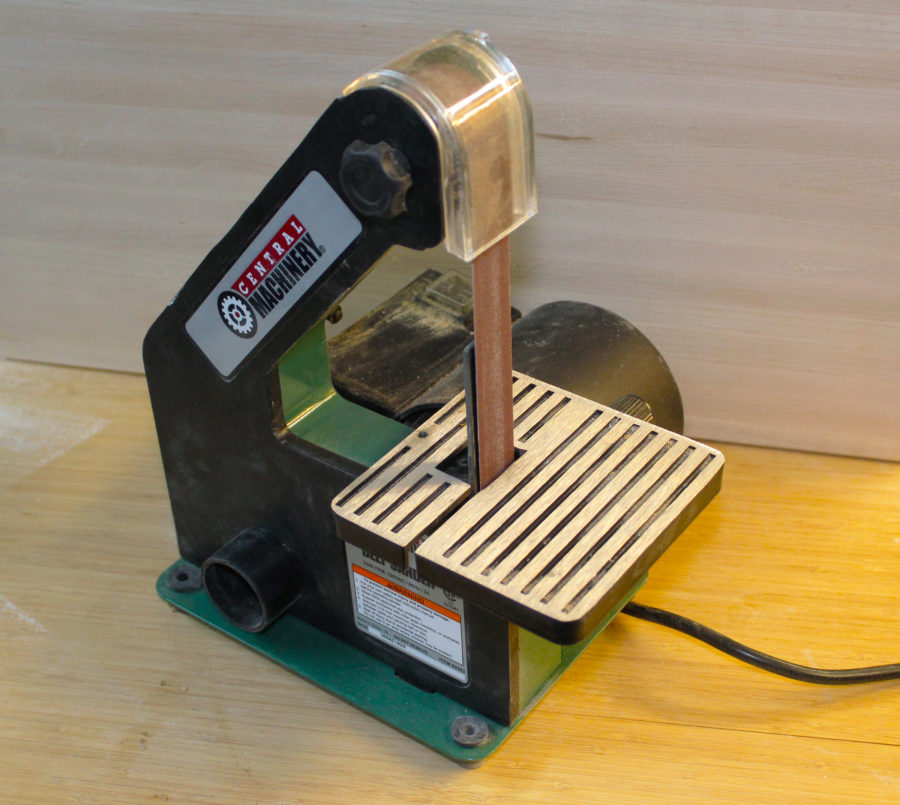
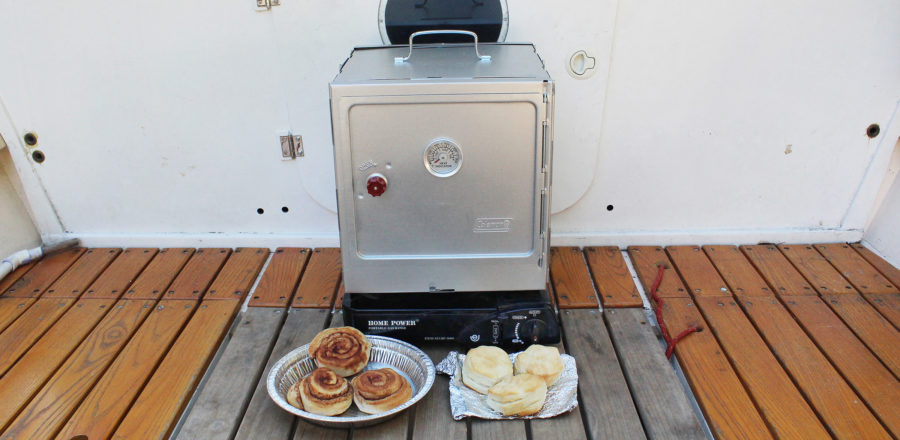
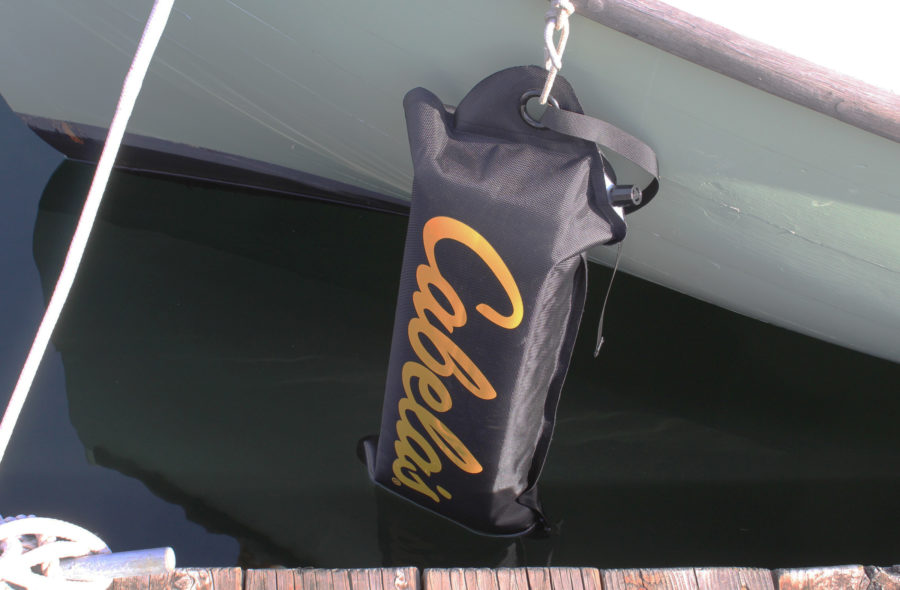
I’ve been using scrapers on epoxy for a while—between coats, joints, etc. This tool could benefit my thumb joints.